Table of Contents
What Is Red Pepper? (Clear Definition)
The term "red pepper" is ambiguous and often confusing because it refers to multiple distinct ingredients depending on context. It is not a single spice or vegetable but a category that includes:
- Bell peppers (sweet, non-spicy vegetables, typically red when ripe)
- Chili peppers (red varieties of hot peppers that range from mild to extremely spicy)
- Dried and ground forms like paprika (from sweet peppers) or chili powder (from hot peppers)
When people say "red pepper," they could mean a fresh vegetable (like a bell pepper), a fresh hot pepper, or a spice. This guide clarifies the differences to prevent confusion in cooking and shopping.
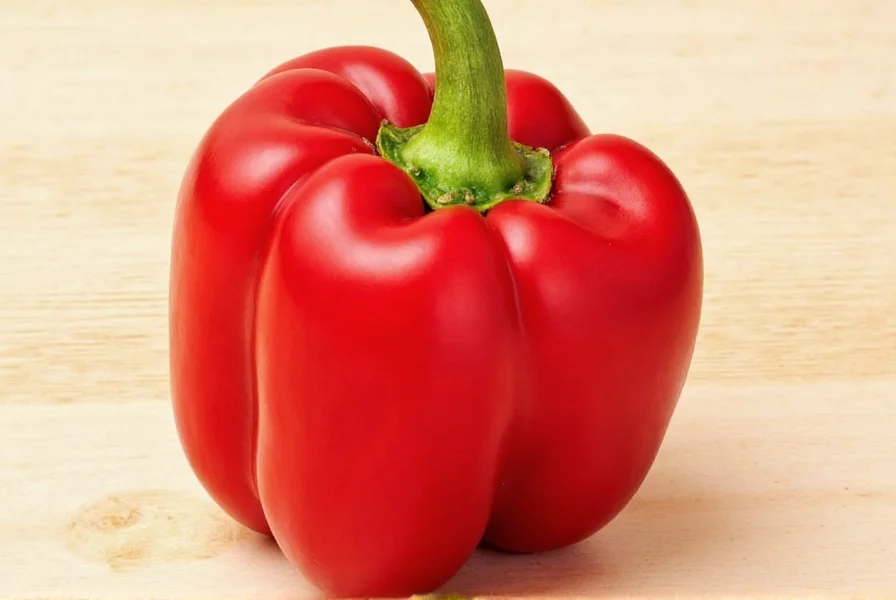
Bell Peppers vs. Chili Peppers vs. Paprika
Understanding the core categories resolves most confusion about "red pepper":
- Bell peppers: These are sweet, non-spicy vegetables (Capsicum annuum) that turn red when fully ripe. They contain 0 Scoville Heat Units (SHU) and are used raw in salads, roasted, or stuffed. They are vegetables, not spices.
- Chili peppers: These are hot peppers (also Capsicum annuum or other species) that ripen to red and contain capsaicin. Examples include cayenne, jalapeño (when red), and habanero. They range from mild to extremely hot and are used fresh or dried.
- Paprika: A spice made by drying and grinding sweet red bell peppers. It has mild heat (0-500 SHU) and is used for color and subtle flavor in dishes like goulash or deviled eggs.
- Chili powder: A spice blend typically made from dried hot chili peppers (like cayenne) mixed with other spices like cumin and garlic powder. It is hotter than paprika and used in chili con carne or taco seasoning.
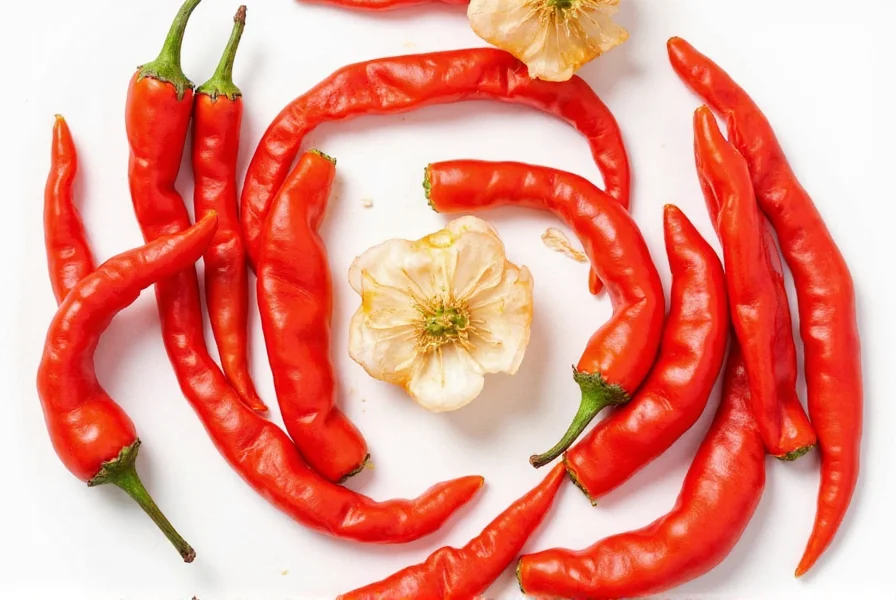
Heat Levels Explained
Heat in red peppers comes from capsaicin, concentrated in seeds and membranes. The Scoville scale measures this heat:
- Bell peppers: 0 SHU (no heat)
- Paprika: 0-500 SHU (very mild)
- Jalapeño (red): 2,500-8,000 SHU
- Cayenne pepper: 30,000-50,000 SHU
- Habanero pepper: 100,000-350,000 SHU
Important: "Red pepper" alone doesn't indicate heat level. Always check the specific type (e.g., "sweet paprika" vs. "hot cayenne") for accurate heat expectations. Bell peppers are never spicy, while chili peppers always contain heat (except for rare sweet varieties like "sweet cayenne").
Culinary Uses for Each Type
Use the right type for your recipe:
- Bell peppers: Best for fresh applications—salads, stir-fries, or roasting. Add crunch and sweetness without heat.
- Chili peppers (fresh): Use in salsas, hot sauces, or Asian dishes where direct heat is needed. Remove seeds/membranes to reduce spice.
- Paprika: Ideal for adding red color and mild flavor to soups, rubs, or deviled eggs. Smoked paprika adds depth to barbecue dishes.
- Chili powder: Perfect for Mexican-inspired dishes like chili, tacos, or enchiladas. It provides heat and complex spice blend flavor.
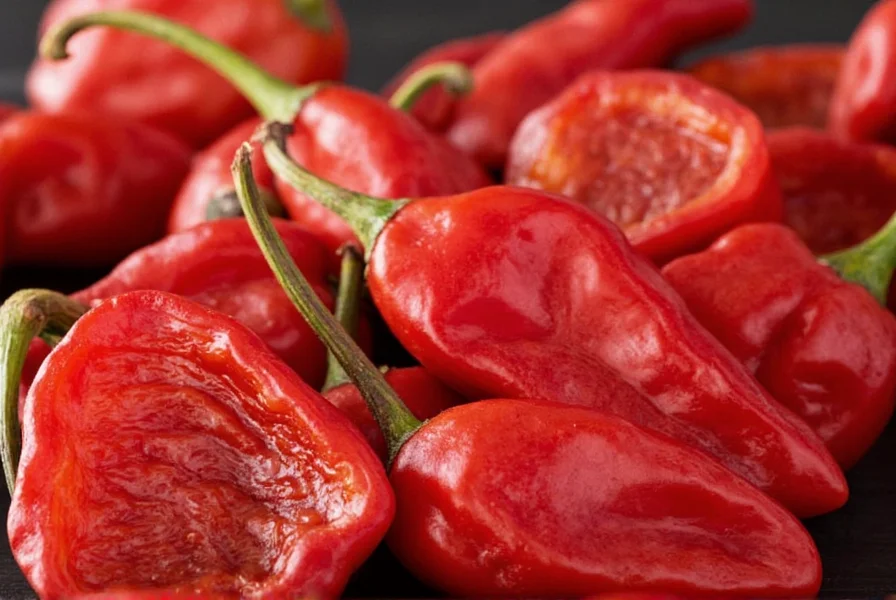
Buying Guide: Choosing the Right Red Pepper
Follow these tips when shopping:
- For bell peppers: Look for firm, glossy skin with no soft spots. Avoid wrinkled or discolored peppers. Store in the fridge for up to 2 weeks.
- For fresh chili peppers: Choose smooth, vibrant skins. Handle with gloves to avoid capsaicin irritation. Store in a paper bag in the fridge for 1-2 weeks.
- For paprika: Check labels for "sweet" or "smoked" varieties. Avoid dusty or clumped powder. Store in a dark, cool place for up to 1 year.
- For chili powder: Verify it's a pure blend (not mixed with fillers). Check heat level on packaging. Store in airtight containers for 6-12 months.

| Category | Heat Level | Primary Use | Storage |
|---|---|---|---|
| Bell Peppers (fresh) | 0 SHU | Raw salads, roasting, stuffing | Refrigerator (2 weeks) |
| Chili Peppers (fresh) | 2,500-350,000 SHU | Salsas, hot sauces, fresh cooking | Paper bag in fridge (1-2 weeks) |
| Paprika | 0-500 SHU | Seasoning, color, mild flavor | Airtight container (1 year) |
| Chili Powder | 1,000-10,000 SHU | Mexican dishes, rubs, spice blends | Airtight container (6-12 months) |
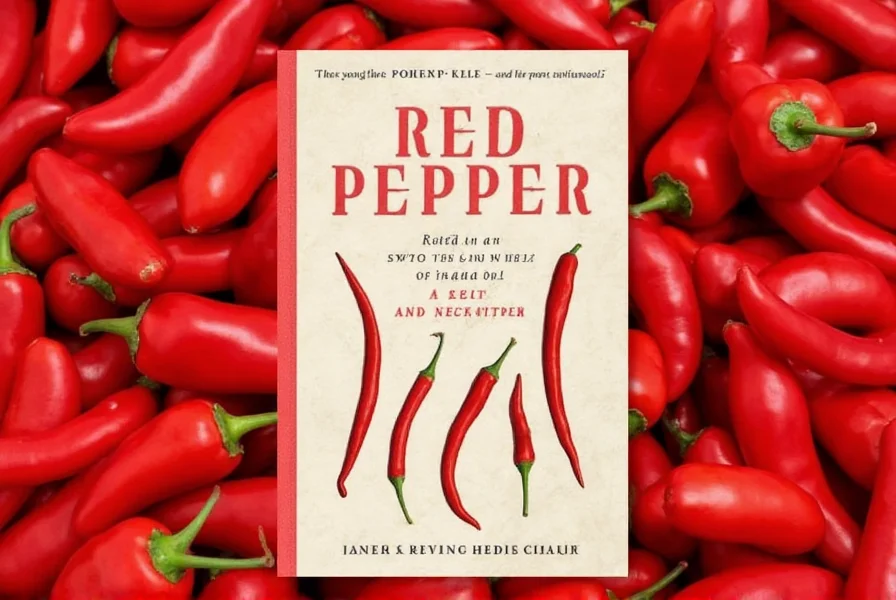
Frequently Asked Questions
- Is "red pepper" always spicy?
- No. Bell peppers (red when ripe) are 0 SHU and non-spicy. "Red pepper" only means spicy when referring to chili peppers or their dried forms. Always check the specific type (e.g., "sweet paprika" vs. "cayenne pepper").
- Why is paprika called "red pepper" in some places?
- In Europe and some regions, "red pepper" commonly refers to paprika (ground sweet peppers). In the US, "red pepper" often means cayenne or chili powder. This regional difference causes confusion—always read labels carefully.
- Can I substitute bell peppers for chili peppers?
- Only for color or texture, not heat. Bell peppers add sweetness without spice, while chili peppers provide heat. For heat substitution, use cayenne or crushed red pepper flakes instead.
- What's the healthiest form of red pepper?
- All forms are nutritious. Bell peppers are rich in vitamin C (190mg/100g—3x more than oranges) and antioxidants. Hot peppers contain capsaicin, which may boost metabolism. Dried forms retain nutrients but lose some vitamin C during processing.
- How do I know if "red pepper" in a recipe means bell pepper or chili pepper?
- Check the context:
- "Red pepper" in a salad or stir-fry usually means bell pepper
- "Red pepper" in chili or salsa usually means chili pepper or powder
- Look for "sweet" or "hot" in the ingredient list
Conclusion
"Red pepper" isn't a single ingredient—it's a confusing umbrella term for bell peppers, chili peppers, paprika, and chili powder. Always verify the specific type before using it in recipes. Bell peppers are sweet vegetables for fresh dishes, while chili peppers and their dried forms add heat and spice. When shopping, read labels carefully for terms like "sweet" or "hot" to avoid unintended results in your cooking.
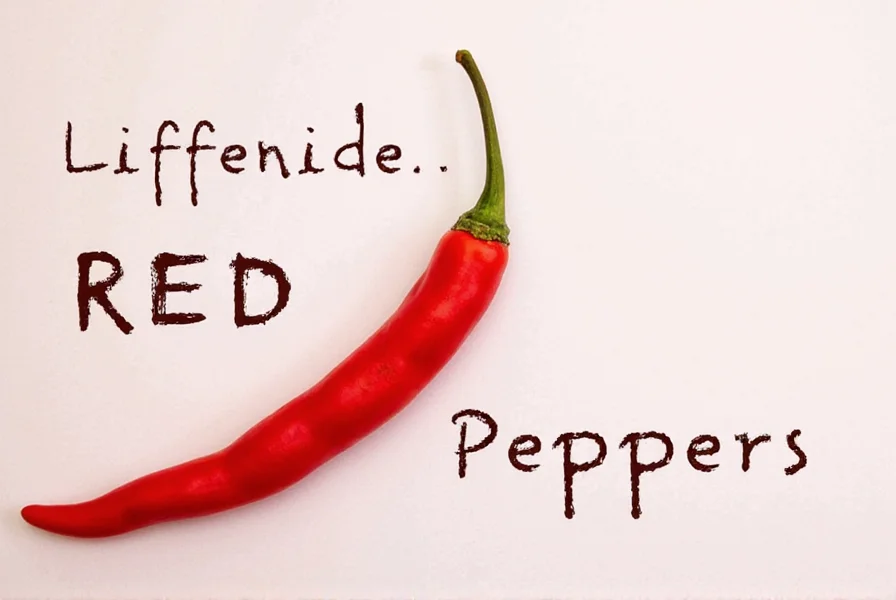

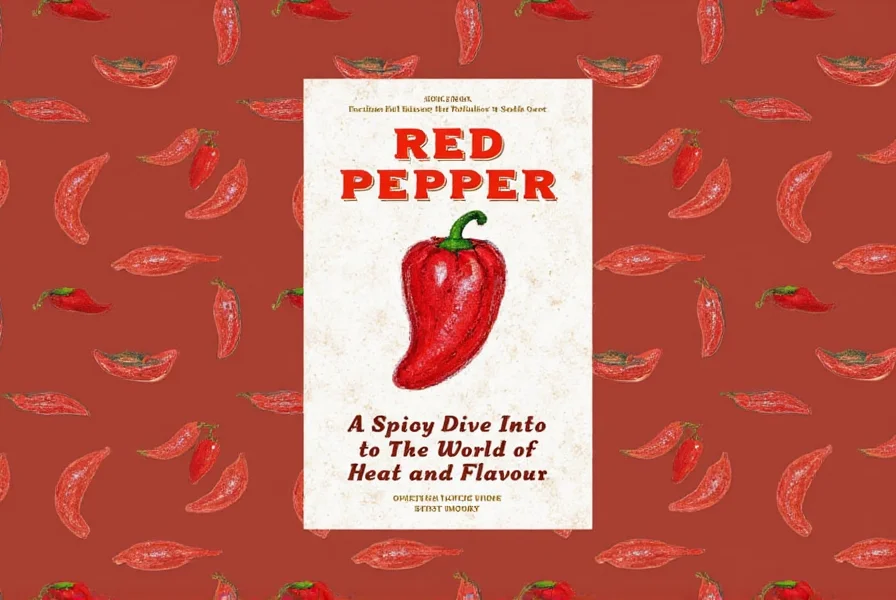









 浙公网安备
33010002000092号
浙公网安备
33010002000092号 浙B2-20120091-4
浙B2-20120091-4